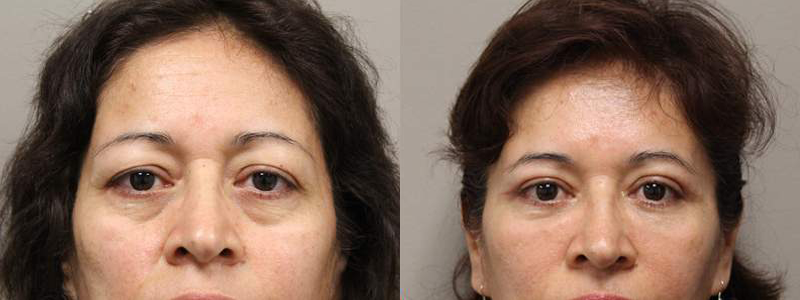Eyelid Surgery in Thousand Oaks
Your eyes are the first thing people notice—make sure they reflect how vibrant and energized you feel inside! Eyelid surgery (blepharoplasty) is the ultimate solution for sagging eyelids, puffiness, and under-eye bags that can make you look tired or older than you are. Imagine a brighter, refreshed version of yourself with smoother, lifted eyelids that bring your natural beauty to life. Whether it’s restoring a youthful look or boosting your confidence, this transformative procedure delivers results you’ll love.
Blepharoplasty
Blepharoplasty, commonly known as eyelid surgery, is a cosmetic procedure designed to improve the appearance of the eyelids by removing excess skin, fat, and muscle. It can be performed on the upper eyelids to eliminate sagging skin that may impair vision or create a tired look, and on the lower eyelids to address under-eye bags, puffiness, or wrinkles. The surgery not only rejuvenates the eyes, making them appear more awake and youthful, but also restores a more refreshed and natural contour to the face.
Real Patient Experiences
At the Kryger Institute of Plastic Surgery, we have experience in a vast array of surgical and non-surgical procedures. Click below to see some before and after photos of Eyelid Surgery.
Frequently Asked Questions
Who is a good candidate for eyelid surgery (blepharoplasty)?
What is eyelid ptosis and what can be done for it?
Does insurance cover eyelid surgery?
Are there any non-surgical alternatives to surgery?
How do I prepare for surgery?
The surgery and the incisions
What type of anesthesia is used?
Can other procedures be performed at the same surgery?
What kind of dressings are there?
Can you go home on the day of the surgery?
How much pain is there after surgery?
What about swelling and bruising?
What restrictions are there?
When can I travel?
When can I go back to work?
What kind of scars can I expect?
What if I have a problem? When should I call the office?
How much does eyelid surgery cost?
Meet Your Surgeons
Our surgeons have over a decade of experience in Plastic & Reconstructive Surgery and have trained at the premier medical schools and programs in the country. They serve on the editorial board of the Journal of Microsurgery, have published numerous scientific papers, presented at many national and international conferences, and have edited a comprehensive plastic surgery textbook used by surgeons around the world. Learn more about our surgeons or request a consultation.



